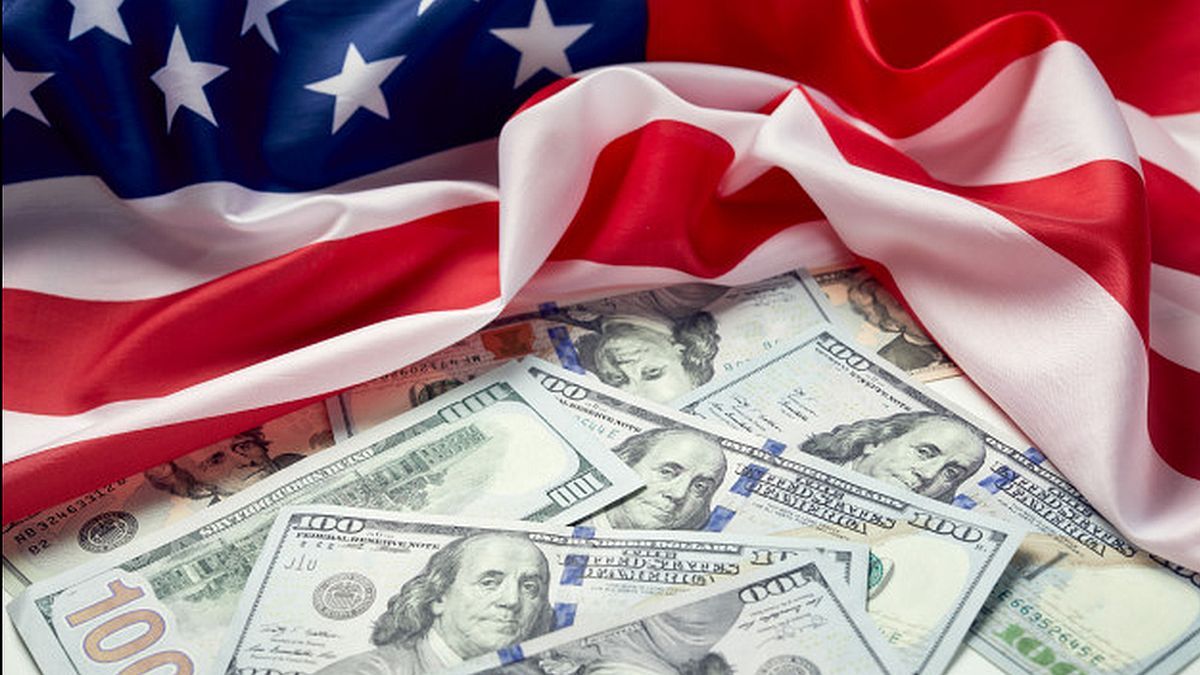The inflation in the United States showed a decrease in January, but less than expected. This is reflected in the official data released this Tuesday, February 13. The data disappointed the market, which was betting on a greater drop in one of the key economic data for the White House.
Thus, the January 12-month inflation stood at 3.1%, compared to 3.4% in the December measurement, reported the United States Department of Labor. The data in itself is not bad, but analysts pointed to a lower increase in the CPI, around 2.9%, according to the consensus gathered by the specialized site Market Watch.
The government is trying to convince Americans that price increases are contained. “At a time when growth and employment remain strong, inflation fell two-thirds from its peak“President Joe Biden remarked in a statement, in which he reiterated that “there is still work to do to lower prices.”
Inflation in the United States: the market reading
However, the gradual moderation of inflation does not quickly translate to supermarket shelves and Wall Street reacted negatively to the CPI data, as it recorded heavy losses on the day.
Core inflation, which excludes the most volatile food and energy prices and is key data for the markets, remained at 3.9% in 12 months.
The truth is CPI moderated from a 12-month high of 9.1% in June 2022, and is heading towards the goal of 2% annually, good news for the Federal Reserve (Fed, central bank). After years of low rates, the US central bank sharply raised its benchmark interest rates in an attempt to cool the economy.
What’s next for inflation and rates
Rates are now at their highest levels in more than two years, at levels of 5.25-5.50%, and the expectation of the market and the Fed itself is to begin cutting them this year given that, when rates are high, credit becomes more expensive and thus discourages consumption and investment, thus lowering the pressure on prices.
The Inflation data showed that prices increased 0.3% between December and Januaryabove the variation registered between November and December (0.2%), indicated the Department of Labor.
Items such as housing, personal care and food increased in price in the measurement month by month, while the cost of energy decreased.
“The latest figures, which show a “reacceleration” of the inflationary rhythm“especially in the three- and six-month readings (…), support the Fed’s view that rate cuts are not imminent,” observed Rubeela Farooqi, chief economist at High Frequency Economics.
What the Fed says
“(Central bank) management will remain patient as monetary policy decisions approach,” he added in an analysis note.
The president of the Fed, Jerome Powell, “indicated that (the organization) wants to see a series of measurements with low inflation, before easing its rate policy,” Nationwide’s Oren Klachkin told AFP.
The US central bank considers another inflation index, the PCE, a priority, whose data will be released on February 29.
In December, the PCE index remained stable at 2.6% in the year-on-year measurement. But core inflation marked 2.9%, its lowest level in almost three years.
Source: Ambito
I am a 24-year-old writer and journalist who has been working in the news industry for the past two years. I write primarily about market news, so if you’re looking for insights into what’s going on in the stock market or economic indicators, you’ve come to the right place. I also dabble in writing articles on lifestyle trends and pop culture news.




